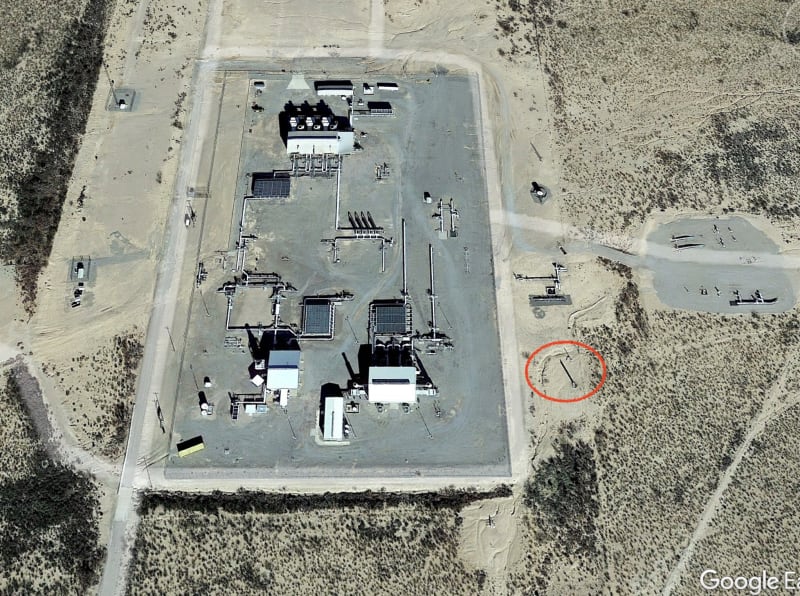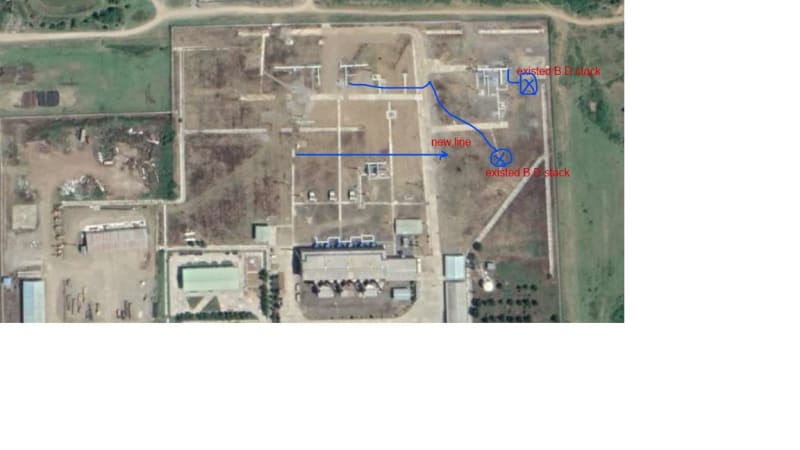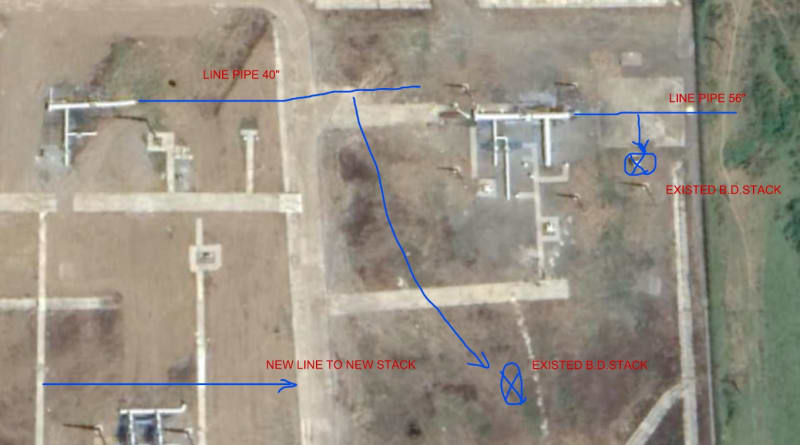abdolmaleki1975
Mechanical
- Jan 19, 2022
- 29
Hello dear friends and experts;
In a natural gas pressure boosting station, it is necessary to add a blowdown stack for emergency evacuation of the compressor station gases.
While in the area there are two stacks of incoming pipelines (56 and 40 inches), so in order to locate the third stack, we need to know the safe distance between the stacks.
Of course, I referred to the API 521 standard of the 2014 version, but the distances seemed very strange, and because I did not know the safety standards, I need help.
Thank you for your guidance.
In a natural gas pressure boosting station, it is necessary to add a blowdown stack for emergency evacuation of the compressor station gases.
While in the area there are two stacks of incoming pipelines (56 and 40 inches), so in order to locate the third stack, we need to know the safe distance between the stacks.
Of course, I referred to the API 521 standard of the 2014 version, but the distances seemed very strange, and because I did not know the safety standards, I need help.
Thank you for your guidance.








![[smile] [smile] [smile]](/data/assets/smilies/smile.gif)